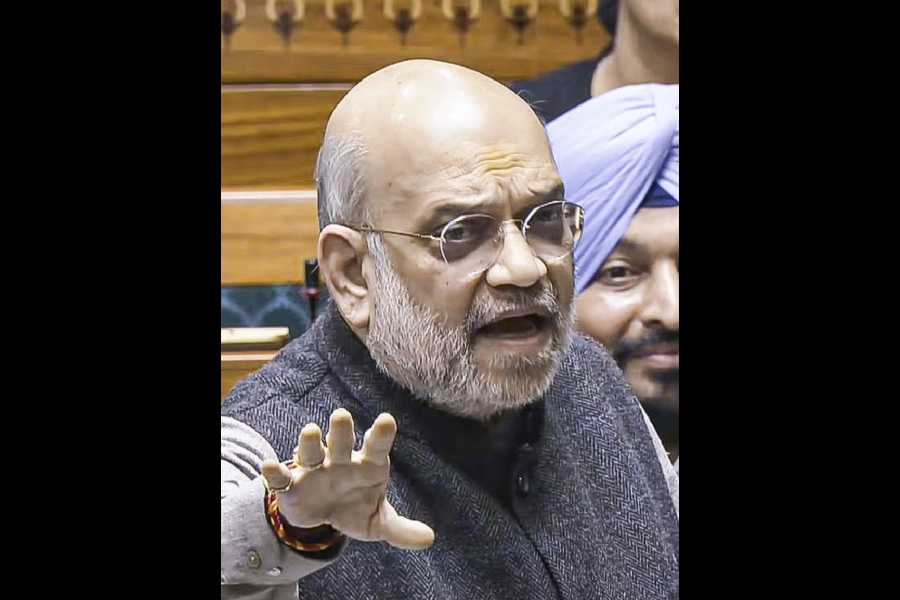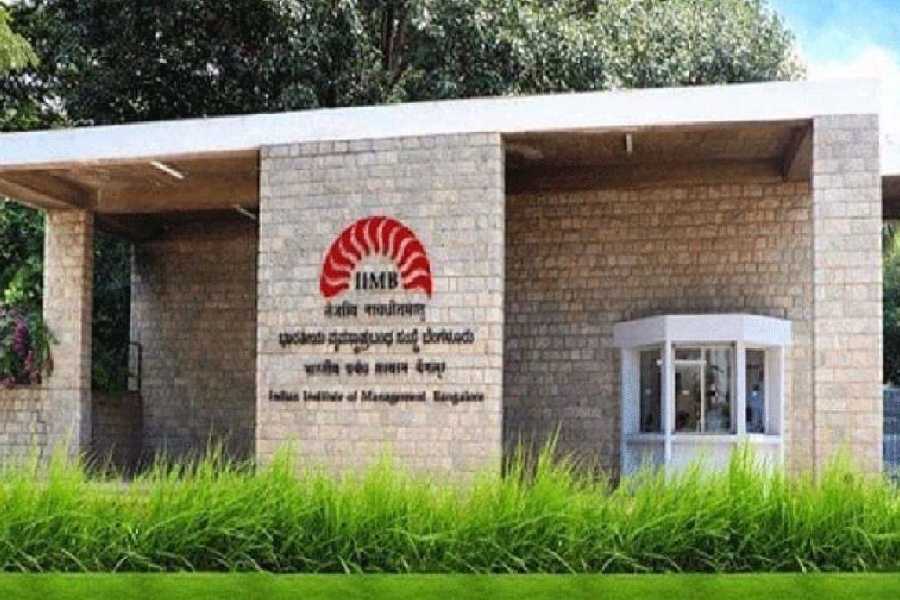The Centre has proposed that the contributions by the employer and the employee to the Employees’ Provident Fund be reduced from the current 12 per cent of the basic salary each to 10 per cent each, an idea that workers’ representatives have rejected outright.
The Union labour and employment ministry defended this controversial proposal on Tuesday, at a meeting largely boycotted by the trade union bodies, saying it would raise the employees’ take-home salary.
Leaders of the trade union organisations, however, have castigated the idea as a ploy to help the private sector maximise its profits.
The ministry had called a meeting of all the trade union bodies to seek their approval for a draft EPF and Miscellaneous Provisions (Amendment) Bill that it has prepared.
It, however, refrained from inviting Congress labour arm Intuc on the ground that two of its leaders had claimed to be its president. Ten trade union bodies boycotted the meeting in protest against the snub to Intuc, while airing their rejection of the proposal.
Even the RSS workers’ wing, the Bharatiya Mazdoor Sangh, which attended the meeting, rejected the proposal.
While the government can still go ahead with the bill, it might find it tough going when the bill is sent for scrutiny to a parliamentary panel, as is expected, two labour ministry officials said.
“The government is saying that the workers’ take-home salary will be higher if the contribution to the EPF is reduced. This is not correct,” said Sukumar Damle of the CPI-backed Aituc.
“Corporate houses include the (entire) 24 per cent EPF contribution under the head of ‘cost to company’ or CTC. For new appointments, the CTC will include 20 per cent of the basic salary, and the balance four per cent will go into the company’s kitty.”
Damle said the existing employees might receive some extra amount but if they deposit it in any scheme or bank, they will receive lower interest than the EPF offers.
Several recruitment firms have asked the government to reduce the contribution of the employer to the employee’s EPF account.
Bharatiya Mazdoor Sangh general secretary Virjesh Upadhyay said a reduction in the EPF contributions could not be justified.
“The EPF is rescue money for workers in bad times. They should save as much as they can. This move is wrong, and we have opposed it,” he said.
Tuesday’s meeting discussed another contentious proposal: to give workers the option of switching from the Employees’ Pension Scheme (EPS) of the EPF to the National Pension Scheme (NPS). The Centre has been trying to persuade employers and employees to agree to the move, which will allow the government to invest more money in mutual funds.
“The NPS is a risky investment. The pension will depend on the returns on the investment, which will be made largely in mutual funds. The EPS funds are largely invested in secure sectors,” Damle said.
Upadhyay said a study by the Employees’ Provident Fund Organisation had shown that the EPS tended to offer much higher returns than the NPS.
He said the EPS offered many more advantages such as benefits for family members, health insurance and widow pension while the NPS stipulated a lock-in period of 15 years before withdrawal.
The unions also rejected another proposal: to absolve employers from paying arrears beyond five years even if they have defaulted on their share of the EPF contribution for more than five years.










